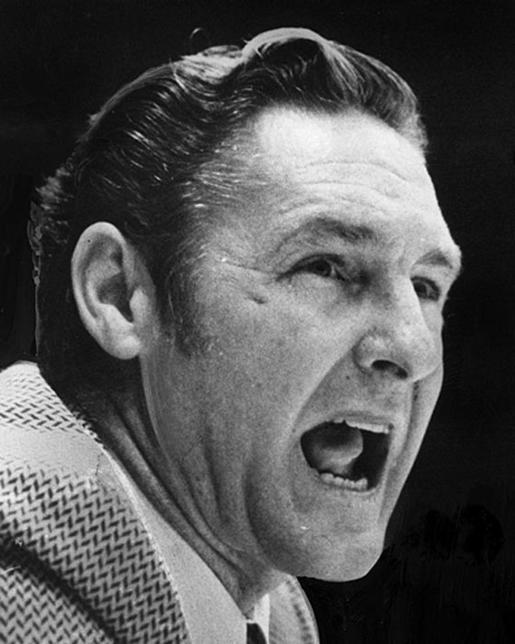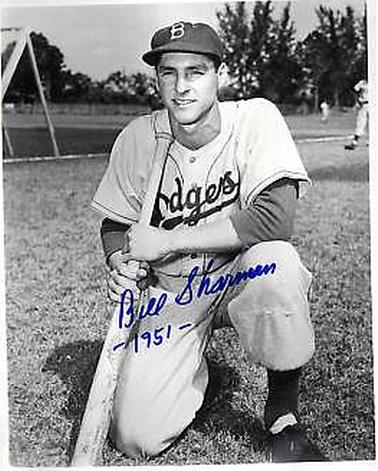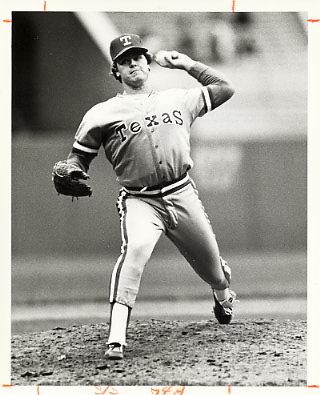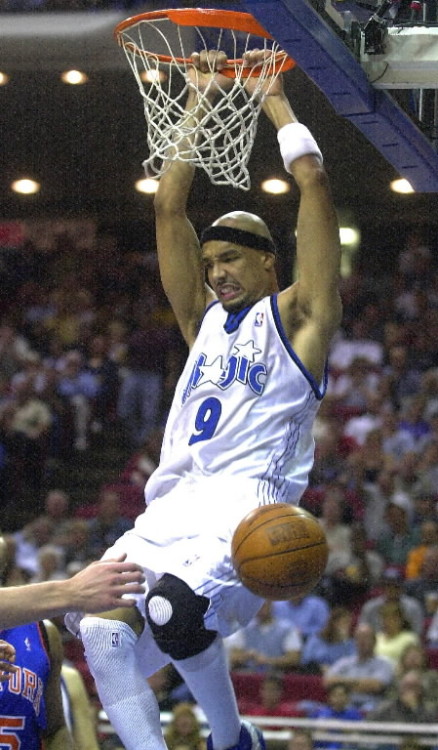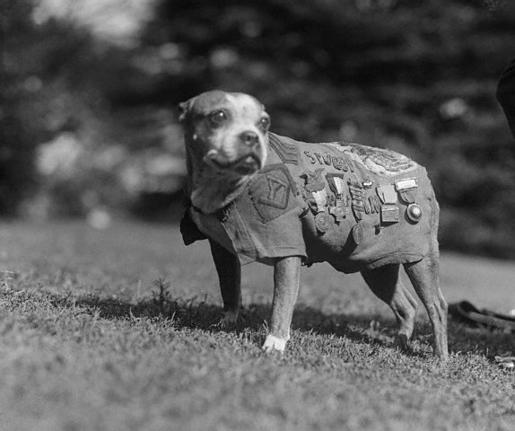Here is the latest in a series of examinations into urban legends about basketball and whether they are true or false. Click here to view an archive of the basketball urban legends featured so far.
BASKETBALL URBAN LEGEND: Manute Bol coined the term “my bad.”
When Manute Bol passed away in 2010 at the far too young age of 47, he left behind an impressive legacy. Besides a ten-year career in the National Basketball Association (NBA), where the seven foot seven center (one of the very the first African-born players to be drafted in the NBA) was a dominant shot blocker (he is currently second all-time in career blocks per game)…
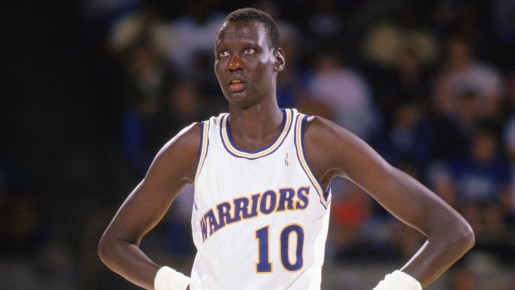
Bol had an even larger impact off of the court as a charity worker. Bol ended up effectively donating all the money he made during his NBA career to charity organizations, specifically those involving his home country Sudan. Bol was a tireless advocate for Sudanese refugees, choosing to do pretty much anything to raise money for his Ring True Foundation (which was a fund-raising organization to bring relief to Christians within Sudan), even competing in Fox’s Celebrity Boxing in 2002 in exchange for publicity for the Ring True Foundation.
Bol was a great man and when he passed away in 2010 due to acute kidney failure, he was honored all over the world, by both the basketball world and the world of international charity. He even received a salute on the floor of the United States Senate.
As noted above, Bol was second all-time in career blocks per game. However, on a per minute basis, Bol was even better. On a per minute basis, he was by far the most prolific shot-blocker in the history of the NBA. The problem was that Bol, who never played basketball until he was 16, was not particularly skilled in the other areas of basketball. He was an awful shooter, a mediocre rebounder for hie height (average overall) and he turned the ball over at a prodigious rate. Therefore, he never played a lot of minutes in the NBA, only averaging over 20 minutes a game twice (not surprisingly, the only two years he led the NBA in blocks per game). In addition to not playing basketball until he was 16, Bol did not start learning English until he was 21, when he was invited to Cleveland by the coach of Cleveland State University (Bol could not actually play for Cleveland State, as their basketball program was put on probation for giving improper financial assistance to Bol and a couple other African players). When you combine his rough basketball skills, his rough grasp on the English language and his general good natured attitude, you possibly get the creation of a new phrase.
The great Bill Plaschke had this to say on ESPN’s Around the Horn following Bol’s death in 2010:
Also, you might not know this, he coined the phrase ‘my bad’ back in the late 1980s. Language experts have pretty much proven this. When he made a pass, instead of saying ‘my fault,’ he would say ‘my bad,’ because he didn’t understand the language. That is the absolute truth.
Is it? Let’s find out!
Read the rest of this entry »
